Mechanical Properties of Metals and Alloys
LK Die Casting Machine / 2024-08-02 17:04:51
2024-08-02 By Cherry
Introduction
Metals and alloys play a vital role in modern industry, and their mechanical properties directly affect the application range and
service life of the materials.
This article will explore the mechanical properties of metals and alloys, focusing on casting and its types, thin-wall characteristics,
the properties of zinc and aluminum their performance in different environments, and other related topics.
Our goal is to provide readers with in-depth and easy-to-understand knowledge to help them solve practical problems.
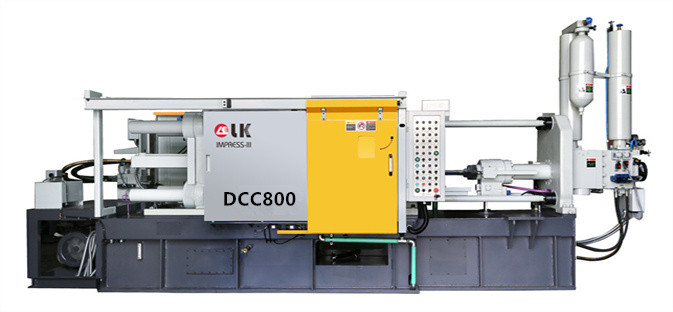
Casting and types of castings
Casting is a process in which molten metal is poured into a mold to cool and solidify into a shape. Common types of casting include:
Sand casting: Sand is used as a mold material and is suitable for making large and complex castings.
Die casting: Molten metal is injected into a mold under high pressure and is suitable for mass production of small, precision castings.
Investment casting: Uses wax molds and is suitable for the production of complex and precise parts.
Each casting method has its unique advantages and limitations, and choosing the right casting method depends on the desired
product characteristics and production requirements.
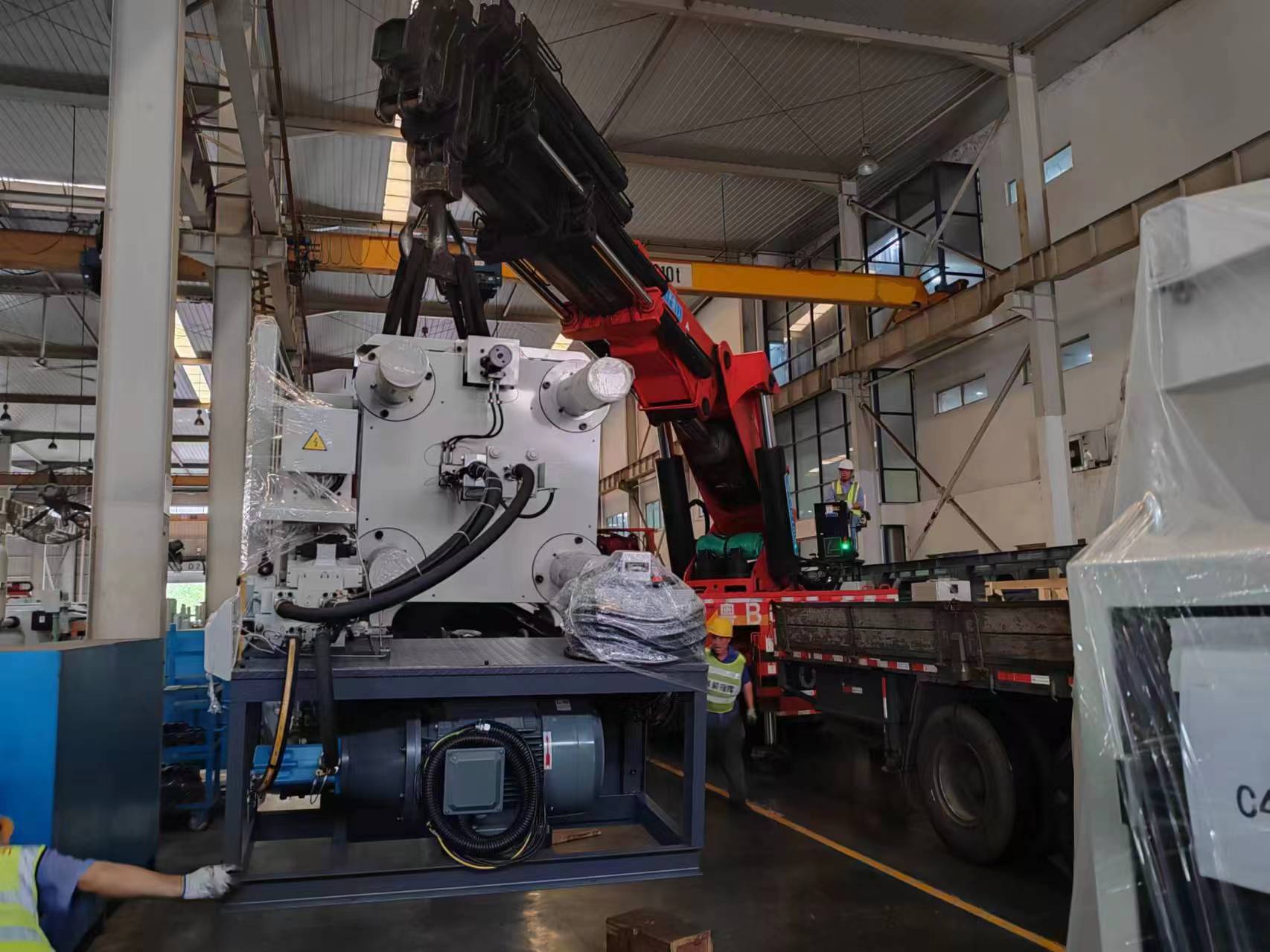
Thin walls of castings
Thin walls of castings refer to the very thin wall thickness of the casting. This technology places higher requirements on the casting process
and materials. Thin-walled castings usually have the advantages of being lightweight, material-saving, and energy-saving, but their production
is difficult and requires precision molds and advanced casting technology.
Mechanical properties and does zinc rust outdoors outdoor?
Zinc is a metal commonly used in casting, which is favored for its low melting point and good fluidity. Zinc weight is heavy, but it's mechanical
properties are relatively excellent.
However, zinc is prone to rust when used outdoors, especially in humid environments. Therefore, zinc products usually need surface
treatment, such as chrome plating or painting, to improve their corrosion resistance.
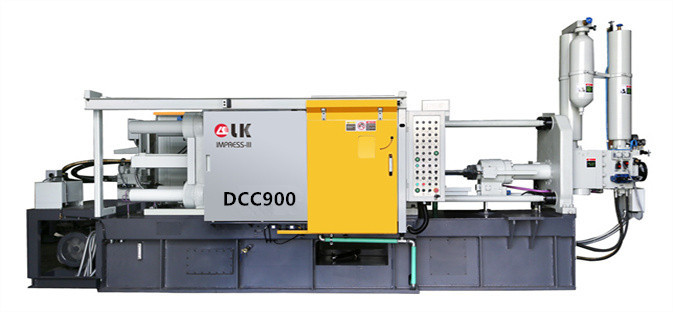
Mechanical properties and applications of aluminum
Aluminum is widely used due to its lightweight, high strength, and good corrosion resistance. The aluminum hardness table shows that
different alloys of aluminum have different hardness and are suitable for various uses.
The density of aluminum is about 2.7 g/cm³, which is much lighter than most other metals, especially suitable for aerospace and transportation.
Advantages of aluminum
Lightweight: reduce the weight of the product and improve fuel efficiency.
Corrosion resistance: naturally formed oxide film provides good protection.
Good conductivity: suitable for power transmission.
Recyclability: Aluminum has a high recycling rate, which helps environmental protection.
Chrome versus Polished Chrome
Chrome plating is a common surface treatment method that improves corrosion resistance and aesthetics by coating a layer of chrome
on the metal surface. Polished chrome plating further increases the brightness and wear resistance of the surface. The choice between
the two depend on the specific application and the desired surface effect.
Chromate vs. Chromium
Chromate is a surface treatment process that improves the corrosion resistance of the metal by forming a layer of chromate film on
the metal surface. This treatment is often used in zinc and aluminum products to provide an additional layer of protection.
Die Casting vs. Investment Casting
Die casting and investment casting are two different casting processes.
Die casting is suitable for large-scale production and has the characteristics of high precision and high surface quality, while investment
casting is suitable for parts with complex shapes and precision requirements.
The choice of which process needs to consider production costs, product accuracy, and material properties.
Does zinc react with aluminum?
Aluminum and zinc react at high temperatures to form zinc-aluminum alloys. Zinc-aluminum alloys have good mechanical properties
and corrosion resistance and are widely used in die casting processes.
How hot does it need to be to melt aluminum?
The melting point of aluminum is 660.3 degrees Celsius. Melting aluminum requires high temperatures, usually in industrial furnaces,
to ensure the purity of the aluminum and control of the melting process.
Is aluminum cheap?
Aluminum is relatively low-cost due to its abundant resources and good recyclability.
Compared with other metal materials, aluminum has economic advantages in many applications, especially in situations where weight
reduction and corrosion resistance are required.
Conclusion
The mechanical properties of metals and alloys determine their range of applications in industry.
Understanding the characteristics of different metals and their performance in various environments can help
engineers and designers choose the most appropriate materials and processes to ensure product quality and reliability.
In this article, we explore casting and its types, the properties and applications of zinc and aluminum, and related
surface treatment methods,hoping to provide readers with valuable information to help them solve practical problems.
To learn more info about Die Casting Machines, pls contact
LK OFFICIAL AGENT OFFICE DCM
LK Official Agent for Egypt(EGY), Saudi Arabia(ksa),United Arab Emirates(UAE),
the Islamic Republic of Iran(Iran), Qatar(QAT), the State of Kuwait(Kuwait)
Address: Industry Zone, South of Port Said Kebly, Egypt
https://www.zazdiecasting.com/
Phone/WhatsApp/Wechat: +86 13598704163
Mobile: +20 101 304 3317 +20 150 181 8310
Email: jack@zazmae.com ahmedmahmoud@zazmae.com
OTHER CONTENT
-
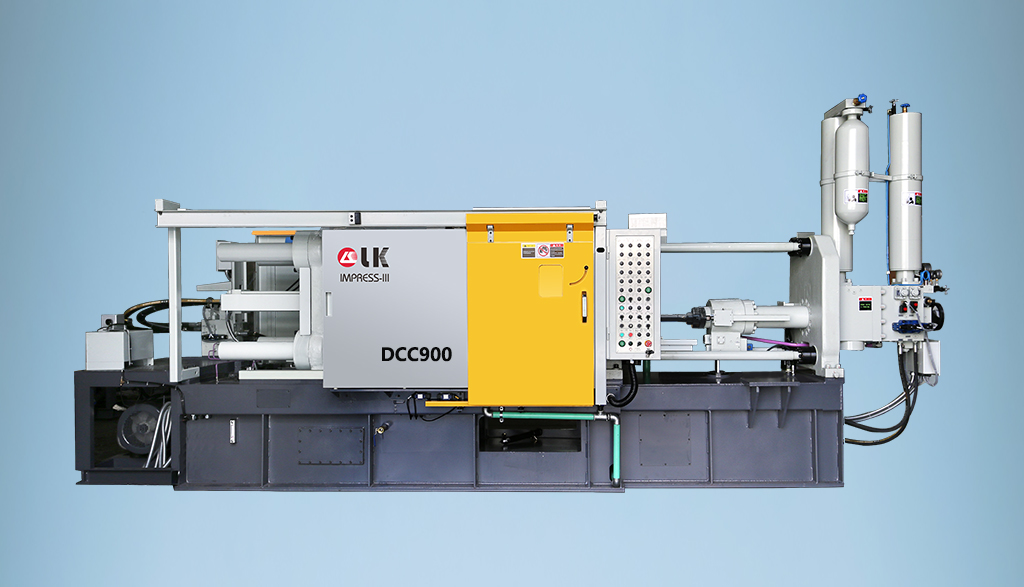
2024-09-19 14:16:15 LK Cold Chamber Die Casting Machine DCC900 Locking Force: 9000KN Die Height: 400-1000mm Space Between Tie Bars: 930x930mm Shot Weight: 13.5Kg Casting Area Max:2250c㎡
More -
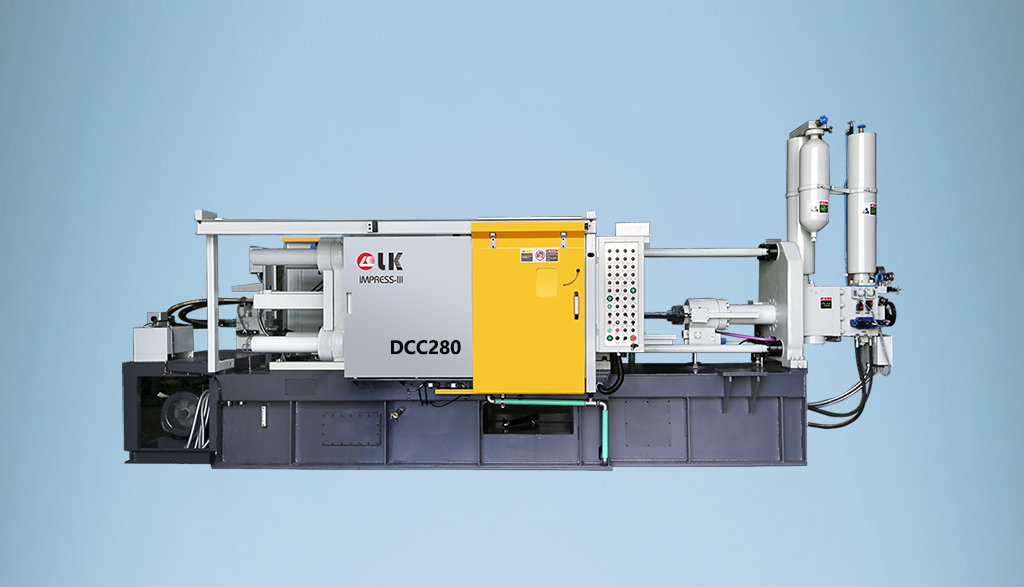
2024-09-19 14:11:06 LK Cold Chamber Die Casting Machine DCC280 Locking Force: 2800KN Die Height: 250-650mm Space Between Tie Bars: 560x560mm Shot Weight: 2.9Kg Casting Area Max:700c㎡
More -
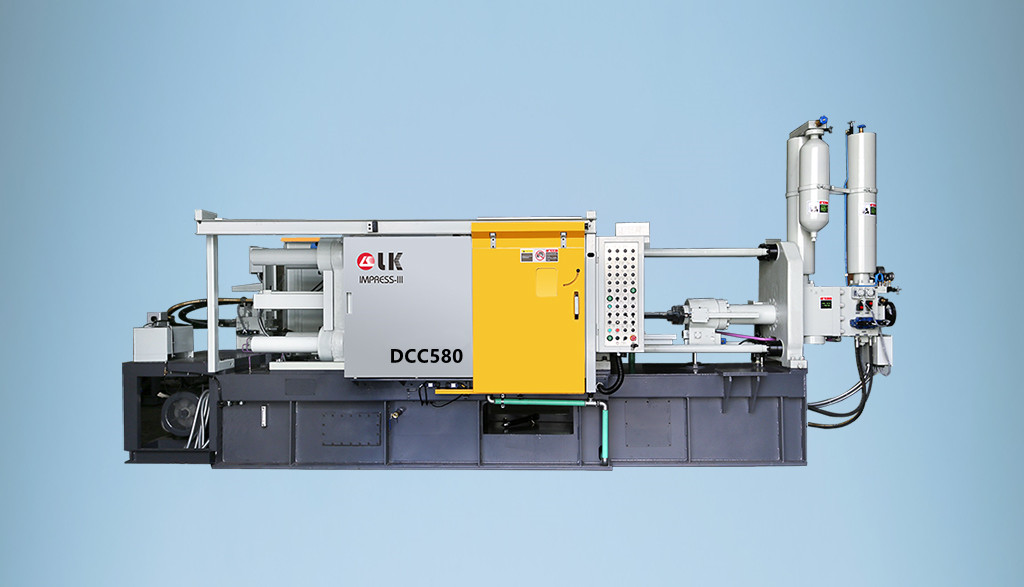
2024-09-19 10:23:07 LK Cold Chamber Die Casting Machine DCC580 Locking Force: 5000KN Die Heigh: 350-850mm Space Between Tie Bars: 760x760mm Shot Weight: 6.9Kg Casting Area Max:1250c㎡
More -
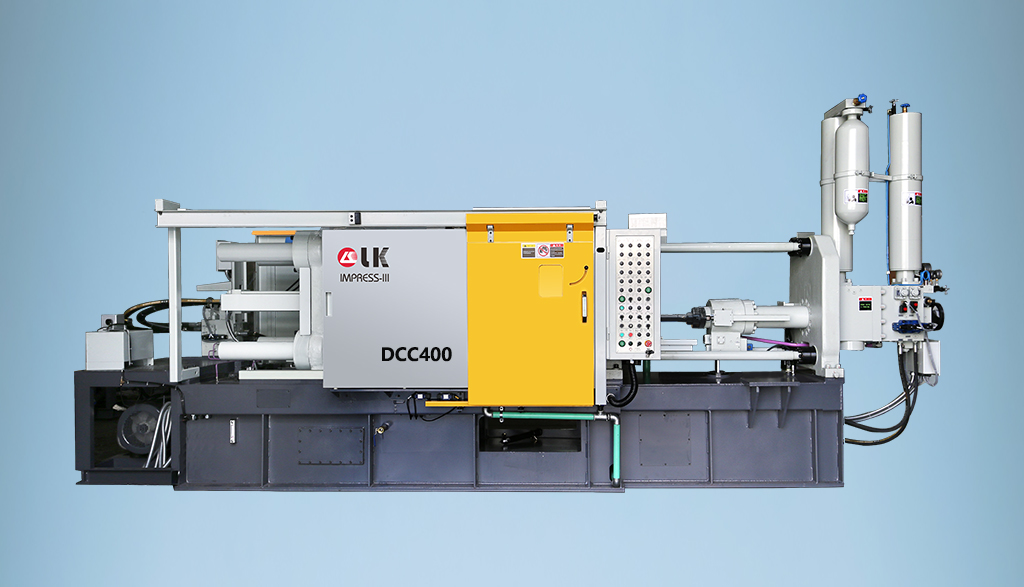
2024-09-19 10:11:20 LK Cold Chamber Die Casting Machine DCC400 Locking Force: 4000KN Die Height: 300-700mm Space Between Tie Bars: 669x669mm Shot Weight: 4.7Kg Casting Area Max:1000c㎡
More

